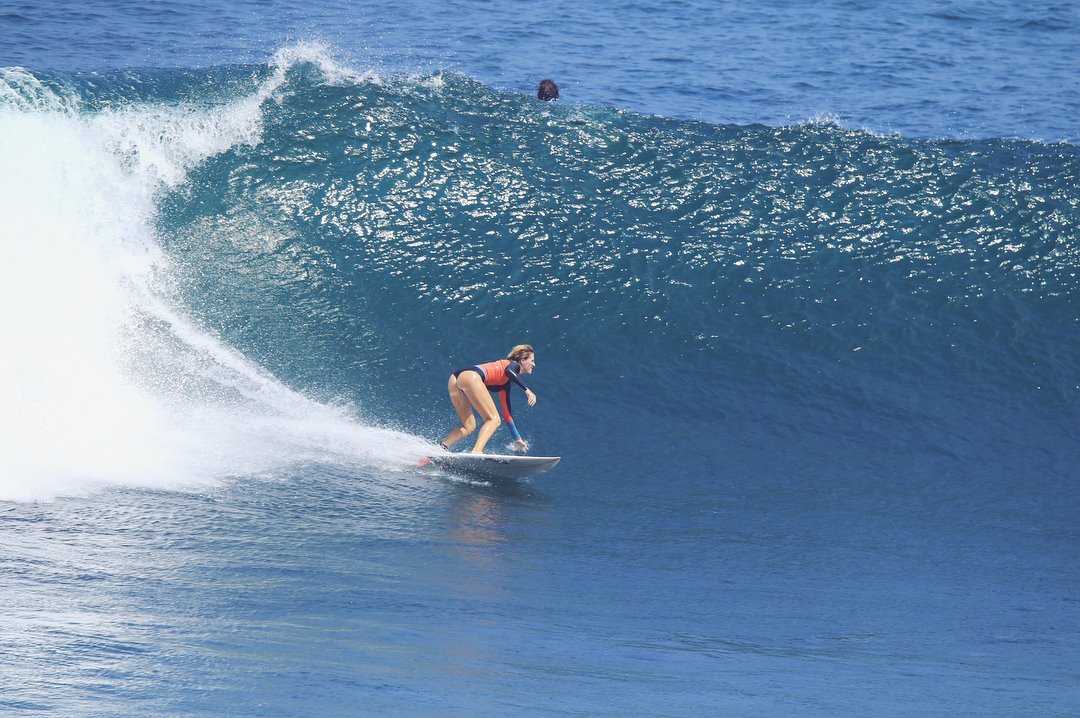For many surfers, surfing is a lifelong sport. One in which there is no final destination, no finish line to cross where you think to yourself, “I’ve done it all, and I’ve done it all perfectly. Now it’s time to quit.” Even as average, working class surfers (as I like to refer to myself, because I pretty much work to surf and travel) we get locked into this obsession of always wanting to take our surfing one step further. Whether it’s getting deeper in the barrel, throwing more water off a turn, fine tuning our style, or maybe it’s surfing bigger waves or doing bigger airs, most surfers are always striving for a little bit more growth, even the ones that claim that they are only out there for fun. Because, as a friend said to me recently in the lineup, there comes a time where better surfing just equals more fun. And I’d have to agree, I think that’s pretty true.
Now, majority of us are not professional surfers, nor will ever be professional surfers (myself very, very much included), but that shouldn’t be a reason to not want to see or work towards improvement right?? I don’t know, maybe it’s just me, and maybe I’ve taken the obsession a tad bit too far, but whatever it is I do on the regular - surfing, yoga asana, writing, public speaking, working - I like to work towards and see some growth, because that means I’m dedicating myself and giving it my all.
So, if you’re a bit like me, and you’re looking for a few ways to help improve your surfing, and maybe up your fun factor out in the water, I’ve put together an easy-to-follow list below. Now keep in mind that I am NOT a surf coach, but again, just a barely-above-average working class surfer - but these things have been working for me, and I hope they work for you, whatever your goals are. Either way, these tips should help you to at least be a bit more prepared for the next swell. And also, remember that you’re not training to be a professional athlete but doing these things as a way to maximize your energy, efficiency, and most importantly FUN in the water. Enjoy!
(1) Surf a lot. And don't be afraid to experiment with different boards.
The number one way to improve your surfing is, well, surfing. So if there’s a wave - get out there! Surf as much as you can. Work on wave selection, timing, fine tune your style, and even if it’s flat, maybe you just get out and paddle - because the majority of the time you are surfing you are actually paddling - so going for a paddle is a good way to keep up your stamina and endurance during a regular session.
I also recommend taking the time to sit and watch surfers that you admire - whether it’s their style, or their wave choice, the lines they draw, or the fearlessness in their approach - study those you look up to. You can learn A LOT just from watching. The power of observation!
And lately, I’ve been super into surfing different boards, and I think it has helped me a bit more with reading waves and developing my own style. I like to play with them all: modern thrusters, fishy twin fins, traditional single fins, guns, logs. Switching up your board helps to keep you on your toes. Every board requires a different approach and riding a variety of boards well is a challenging thing to do. And style and wave knowledge are things that must be learned through experience.
So, before I dive any deeper, what I think that it basically comes down to is: the more you surf, the more it makes sense. Your muscles and body begin to know what to do, there becomes a point where there is way less thinking involved and your intuition and your connection to the ocean begins to get stronger.
But, as a catalyst to surfing more, or when there’s just no waves or no time during your day to hop in the ocean, you can also:
(2) Meditate. Every damn day.
And aim for at least 10 minutes once a day. There are 1,440 minutes every day, I think you can manage to spare at least 10 of those to sit in stillness. Twenty minutes twice a day is even better. But make a point to do it everyday for as long as you can.
Why? Because your mind can be your best friend or your worst enemy when you’re out in the ocean (and in life in general, but that’s another topic) especially in bigger surf or waves with consequence. Plus meditation and inner listening helps to strengthen your intuition, it teaches you how to relax and just be, how to calm your “monkey mind,” and how to be in a place of observation instead of immediate reaction. To sum it all up, practicing regular meditation teaches you how to simply be present, which is key to surfing better and being more tuned into the ocean. Plus, if you’re a competitive surfer, meditation should especially help with the pressures of competition.
There are many different modalities of meditation. I recently learned Vedic Meditation through a good friend and an amazing teacher, and so far I find that to be the most powerful technique for myself. But if you’re totally new to the concept of meditation, it doesn’t hurt to begin with “Googling” meditation, or downloading meditations from websites like YogaGlo.com or finding a Meditation App. Once you get serious about meditation, though, I highly recommend working one-on-one or in a small group with an experienced and knowledgeable teacher. If you’re totally lost with the idea of meditation, or would like some recommendations, reach out to me and I’ll see if I can help you out.
(3) Going along with meditation, I also recommend adopting a regular breathing practice.
Yes, you read that right. A breathing practice, like in your breath, you know, that thing you do all day everyday but don’t really think about too much. And again, you may be asking why?? Well, because your breath is like a freaking super power! And controlling the breath is key to controlling the mind.
Through regular breath-work you will learn how to increase your lung capacity, slow down your heart rate, increase your CO2 tolerance (which is what actually triggers the urge to breathe, not lack of oxygen), and similar to meditation, how to control and calm down your “monkey mind” by bringing you immediately into the present moment. And through all of this work you should be able to handle longer hold-downs, keep yourself calm when a giant set is marching your way, and experience a faster recovery between waves, wipeouts, and beatings.
Like meditation, there are many different techniques, so I recommend finding whatever works for you. To get you started though, check out the Wim Hof Method, or maybe enroll in a freediving or waterman’s survival course (like the Waterman’s Survival Course), or download the Apnea Diver App (which I love), and then there’s always Google + YouTube for breathing exercises or Pranayama (yogic breathing exercises).
(4) Move your body regularly. And PLEASE don’t forget to stretch!
In my opinion, the best surfers are strong yet agile, powerful yet fluid, so when it comes to cross training the goal is to build strength and stamina without losing flexibility and range of motion. But also remember, you aren’t training to be a professional athlete, so the number one goal is to keep it fun! Find whatever it is that you’re into, that keeps you moving, and do that! Weights, martial arts, running, swimming, biking, TRX, hula hooping - whatever - just find something you enjoy and do it regularly.
And now, when it comes to stretching, I may be a little biased because I am dedicated student of yoga (and a teacher) but I personally feel, and I think many would agree, that a regular yoga practice will help your surfing way faster than any other cross-training modality. Plus it will help with injury prevention. Why? Because you need your body to be open in order to surf well and to surf longer and harder - injury free. Just a few basic examples: In order to get low and find that compression off your bottom turn, or to get low to tuck into a barrel, you need to have some good range of motion and flexibility in your ankles, knees, and hips. In order to wrap a solid turn or just to paddle fast and fluidly you need to be open in your thoracic spine, shoulders and chest, as well as your hips. If you don’t believe me just watch clips of Slater or Machado or Steph Gilmore surf - fluid, stylish, powerful, and open. You don’t have to do yoga for an hour a day, you don’t even have to call it yoga, but make a commitment at least a few times a week to stretch or foam roll or do functional movements that help to open up your body. I guarantee you’ll notice a difference in your surfing, and I have a feeling you’ll notice a difference in how you feel during your day-to-day life as well.
(5) And, my final piece of advice: Eat clean and drink lots of water.
Because when it comes down to it, a nourished body just does everything better. When you fuel your body properly with plenty of water and clean, whole foods from the Earth your body will be stoked! And as a way to thank you it’ll perform better in all that you do. From your brain to your heart to your muscles, reflexes, agility, intuition - it all becomes more clear and more efficient with proper diet and plenty of hydration!





